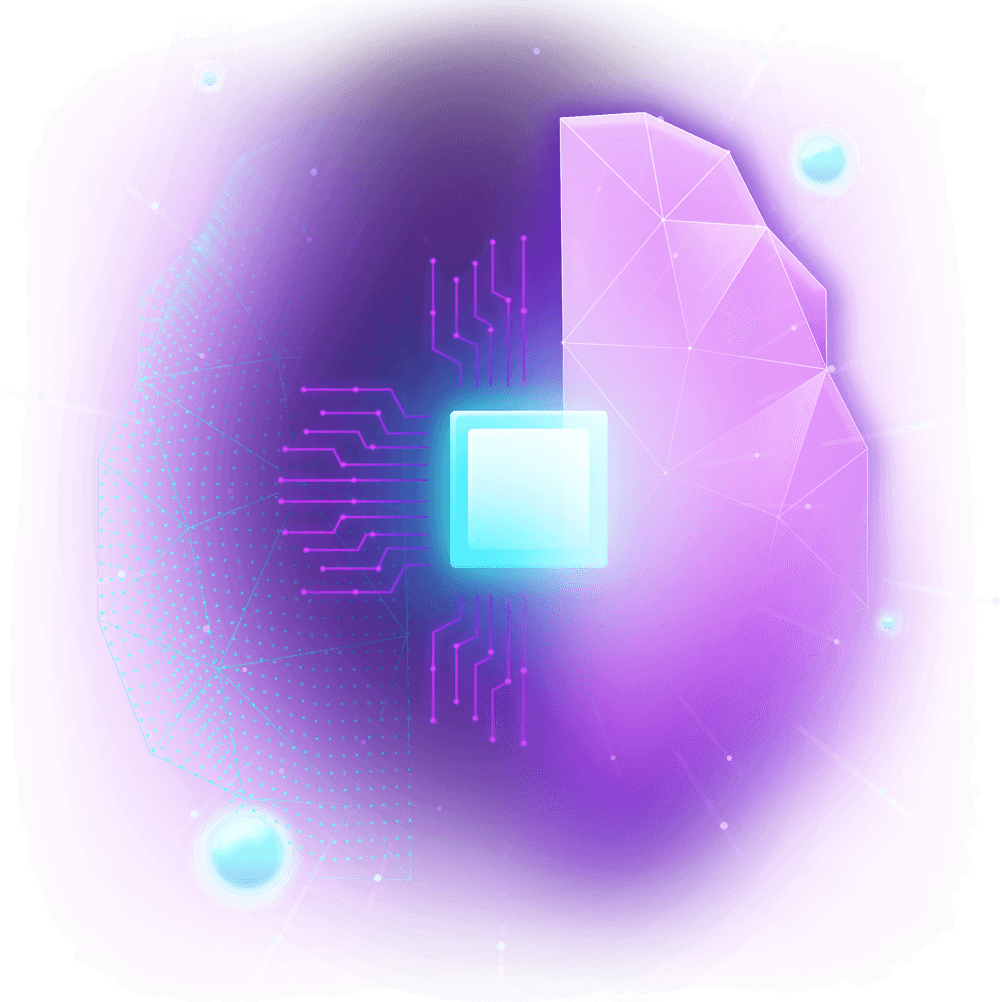Learning Empowerment Technology
Smarter Tech, Smarter You


Introduction To e-Tech
Welcome to the world of Empowerment Technology, where innovation meets capability. By leveraging Information and Communication Technologies (ICT), we enable users to achieve their goals and enhance their potential.
From the birth of the World Wide Web by Tim Berners-Lee in 1989 to the latest advancements in AI, machine learning, and digital platforms, technology is evolving at an unprecedented pace. In this space, we’ll explore the latest trends — from intelligent apps and virtual reality to digital twins and adaptive security architecture —empowering you to stay ahead of the curve in this fast-changing digital landscape.
Technology Trends
Discover the cutting-edge digital technology trends shaping our world, from AI-powered apps to immersive virtual and augmented reality experiences.
Digital Platforms
Digital platforms revolutionize communication, collaboration, and content sharing, empowering users through tools like social media, knowledge bases, and service-oriented systems.
Adaptive Security Architecture
Adaptive security architecture redefines cybersecurity by analyzing patterns and behaviors to predict, prevent, respond to, and detect threats effectively.
Rules of Netiquette
Mastering contextualized online search and research skills is essential in today’s digital age, enabling individuals to effectively navigate, evaluate, and utilize information tailored to specific purposes or contexts.
By developing competencies like contextualized searching, source evaluation, bias recognition, and synthesis of information, these skills empower critical thinking and continuous learning. Alongside the use of ICT tools and a strong understanding of online safety, research ethics, and security, these capabilities form the foundation for responsible and efficient information gathering and analysis.


Elements of Design
The foundation of visual design lies in its elements and principles, which work together to create impactful compositions. The seven elements—point, line, space, shape, color, size, and texture—form the building blocks of any design, each bringing unique characteristics and purpose. Complementing these are the principles of design, including balance, contrast, emphasis, rhythm, and unity, which guide the arrangement of elements for aesthetic harmony. Additionally, understanding various image file formats such as GIF, PNG, JPEG, and PDF is essential for effectively storing and presenting visual creations.
From the birth of the World Wide Web by Tim Berners-Lee in 1989 to the latest advancements in AI, machine learning, and digital platforms, technology is evolving at an unprecedented pace. In this space, we’ll explore the latest trends — from intelligent apps and virtual reality to digital twins and adaptive security architecture —empowering you to stay ahead of the curve in this fast-changing digital landscape.
Design Elements
Elements of design are the fundamental building blocks that shape and define visual compositions, bringing ideas to life through form, color, space, and texture.
Digital Principles
Principles of design are the guiding concepts that help organize and harmonize the elements of design, creating visually appealing and impactful compositions.
Image File Formats
Image file formats are the different ways digital images are stored and displayed, each offering unique features suited for various purposes and platforms.
Infographics
Graphic design focuses on aesthetic elements like typography, color, and images, while information design simplifies complex data to educate and inform, often using data visualization and infographics.
Effective infographics combine reliable data, thoughtful design, a clear narrative, and shareability, with popular formats including timelines, flowcharts, and comparison visuals. Tools like Canva and Piktochart, a user-friendly Malaysian-based platform, enable professional-quality infographic creation through features like drag-and-drop interfaces, preset templates, and high-resolution downloads.


Rich Web Content and Platforms For Content Development
Rich Web Content refers to engaging and interactive online materials like videos, infographics, and animations that enhance user experiences on websites and applications. Social networking sites, including platforms like X (formerly Twitter), Instagram, and YouTube, provide diverse spaces for communication, photo sharing, and video consumption, while blogging platforms and content management systems such as WordPress and Wix offer tools for creating and managing websites, blogs, and e-commerce sites without extensive technical expertise.
Stay Ahead with Exclusive Insights!
Sign up for our newsletter and get the latest trends, tips, and expert advice delivered straight to your inbox. Don’t miss out on exciting updates, special offers, and more. Join our community today and stay informed!
© 2024 Learning Empowerment Technology | All Rights Reserved
Privacy Policy | Terms and Conditions | Disclaimer
This site is not a part of the Facebook website or Facebook Inc. Additionally, this site is NOT endorsed by Facebook in any way. FACEBOOK is a trademark of FACEBOOK, Inc.

